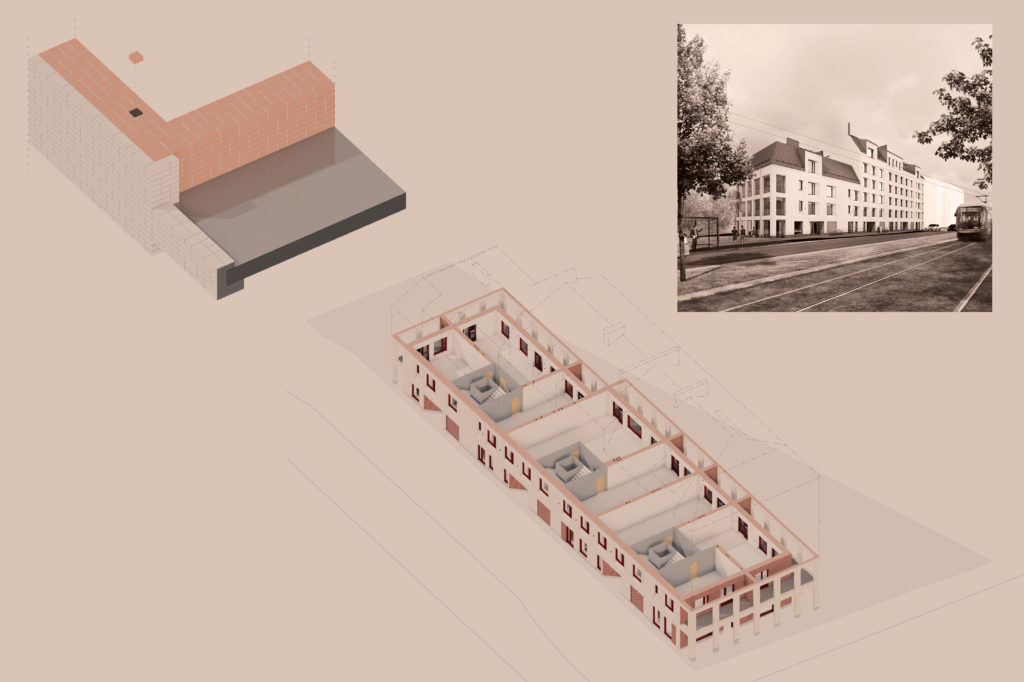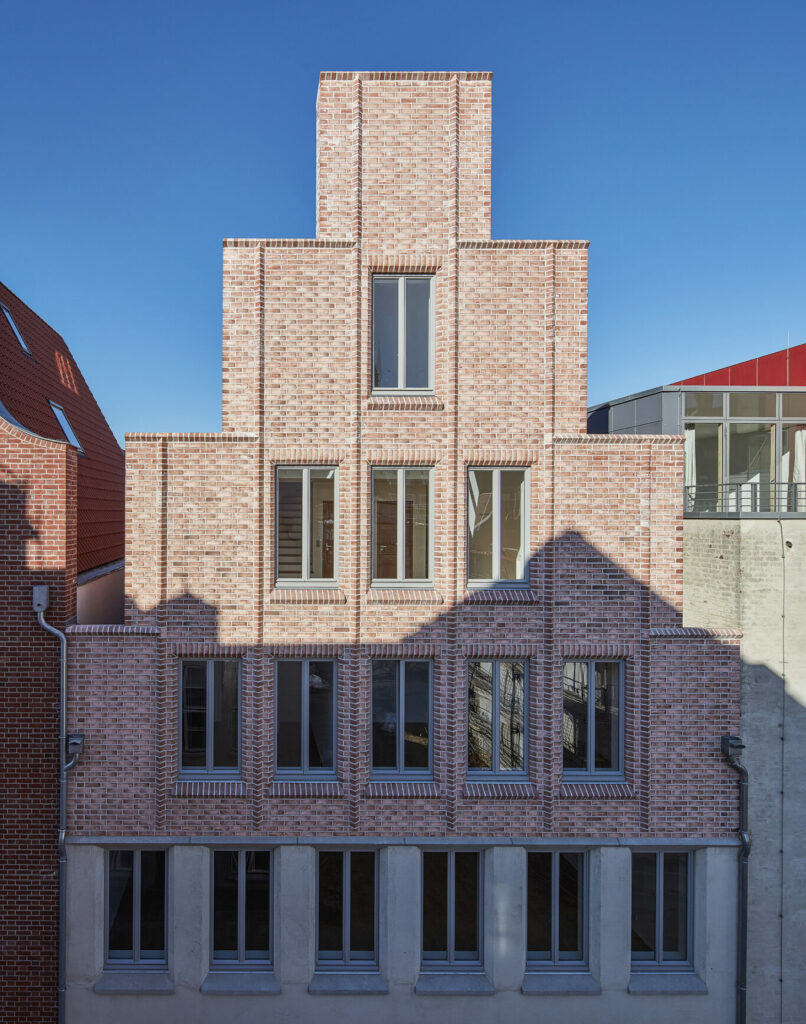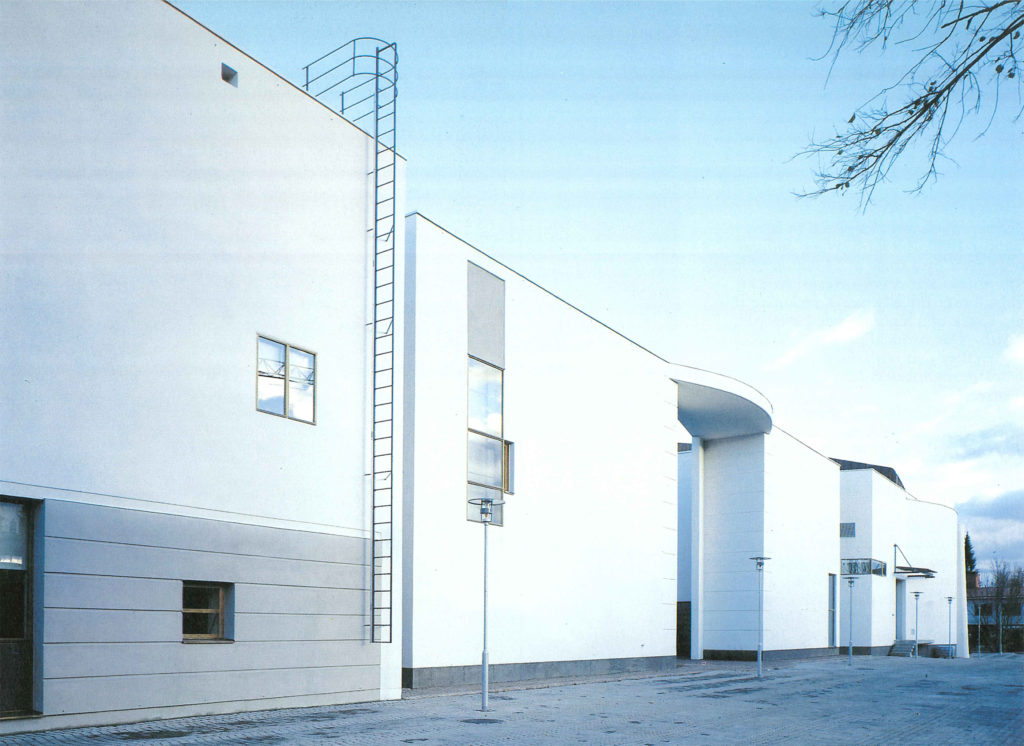More Convincing Designs with AI
Artificial intelligence is especially useful in the early stages of planning – it enhances the factual basis and helps justify design solutions, argues Niko Kautonen.
I use artificial intelligence in my work almost every day. Based on my experience, the utility potential of artificial intelligence is at its best in larger urban planning projects spanning multiple blocks, where there are hundreds of different options and finding the optimal choice would take a significant amount of time. Together with the other stakeholders in the projects, I have strived to solve complex problems using artificial intelligence as a design support. I have sketched out a suitable scale and the amount of building rights for the planning area and explored whether the courtyard and green areas receive sufficient light and space, whether wind tunnels are formed in the outdoor recreational areas of the blocks or how the parking should be organized.
The added value produced by artificial intelligence can be seen in an improvement of communication, interaction and decision-making between different stakeholders and designers. Its use is currently mainly focused on the initial stages of the design process, where the biggest and most critical decisions of the projects are made. Designers can simultaneously create several rough designs and evaluate, for example, the land use goals of the master plan based on the available information. In addition, it is possible to examine the effects of the solutions immediately, which makes it easier to justify the plan’s feasibility in the decision-making process.
In large-scale urban planning projects, the number of stakeholders can be significant, and often conflicting goals are set for the planning. With the help of artificial intelligence, the problem cannot, of course, be solved simply by snapping one’s fingers. It requires the ability to compromise and an understanding of the realities associated with planning. However, the technology enables swift visualization of the impacts of various scenarios, meaning that emphasizing a specific goal always comes at the expense of another. What I find most remarkable is that, at its best, AI-assisted analytics enhance the factual basis of planning and provide more room for value-based discussions – matters that AI currently cannot influence, at least as far as we know at the moment.
Delegating the increasing workload associated with routine calculations to artificial intelligence frees up the designer’s resources for more contemplative work and the assessment of value-based perspectives, such as cultural-historical, socio-economic and environmental factors. The workload in the initial phases may increase, but this is justifiable, as it is easier and more cost-effective to modify the design guidelines at that point. Correspondingly, in later stages, altering design solutions directly correlates with costs and affects multiple other factors simultaneously, making it significantly more difficult.
At its best, AI-assisted analytics enhance the factual basis of planning and provide more room for value-based discussions.
The use of artificial intelligence entails several challenges, and it is important to be aware of them. There has been a significant amount of observation globally indicating that artificial intelligence models are biased because they are trained with certain types of data. This poses a fundamental ethical risk in the use of artificial intelligence, which also reflects on the field of architecture. Therefore, it is essential for the designer to understand what issues AI is intended to address, what data AI-generated content is composed of, what assumptions are used in it and what the results mean in practice. The designer must therefore understand what issues are going to be solved with artificial intelligence, what the material produced by the artificial intelligence consists of, what initial values have been used for it, and what the results mean in practice. It is important to know how to critically analyse the data compiled by AI. Artificial intelligence does not determine what amount of information is sufficient for any given project so that the project can be examined comprehensively. Thus, our profession’s responsibility regarding decision-making and familiarization with the planning area, as well as a good general understanding of cause-and-effect relationships, are further emphasized.
Artificial intelligence is not a technology that will solve all urban planning problems. However, it can be used to make more enlightened and informed decisions about prioritization and solutions that lead to a higher-quality outcome. The purpose of AI-generated analyses is not to remove decision-making power from the designer but to serve as a verification tool to validate the feasibility of the design.
I believe that a well-justified plan from the early phases results in a more convincing and higher-quality built environment, by taking into account as many perspectives as possible. It also has a positive effect on the socially, economically and environmentally sustainable development of the built environment. Standing behind such planning is easy. ↙
NIKO KAUTONEN is an architect and is currently undertaking doctoral research on the possibilities and challenges of using artificial intelligence in different stages of urban planning processes.




